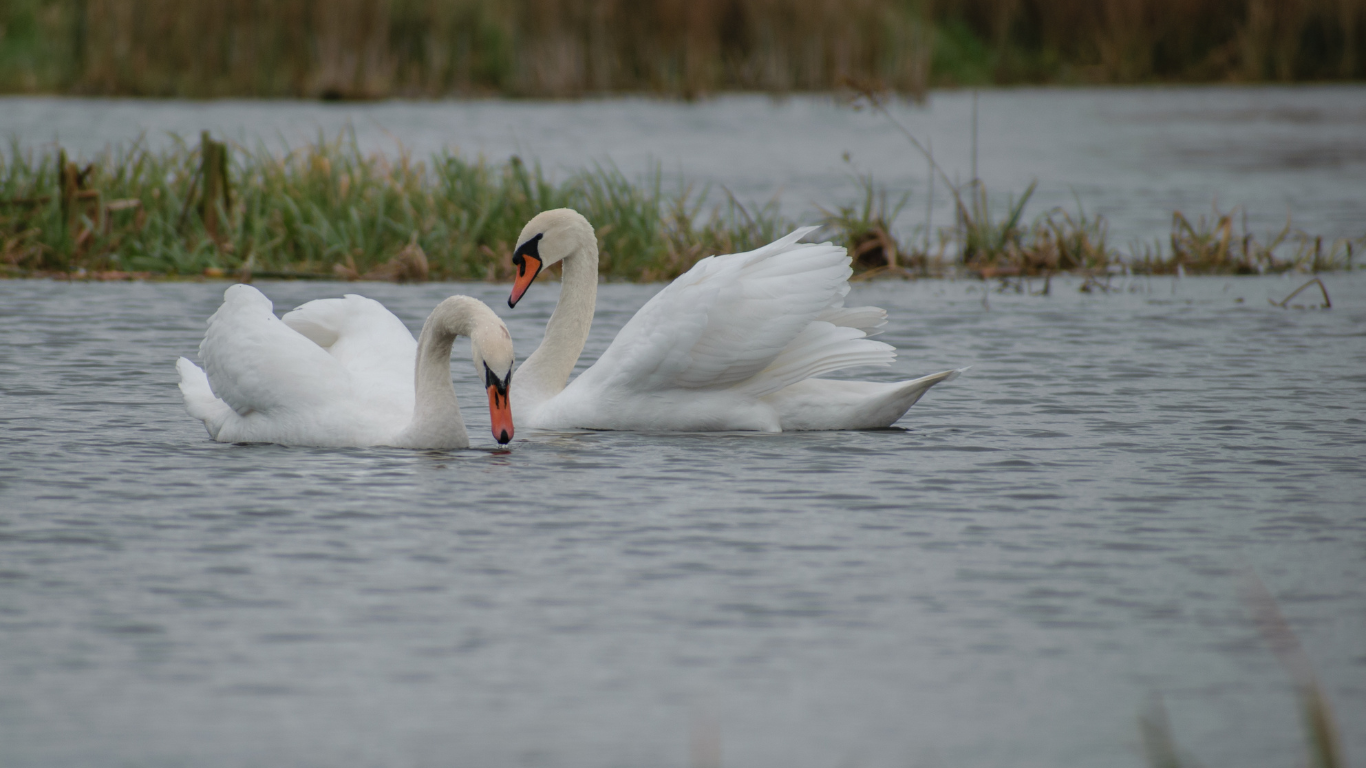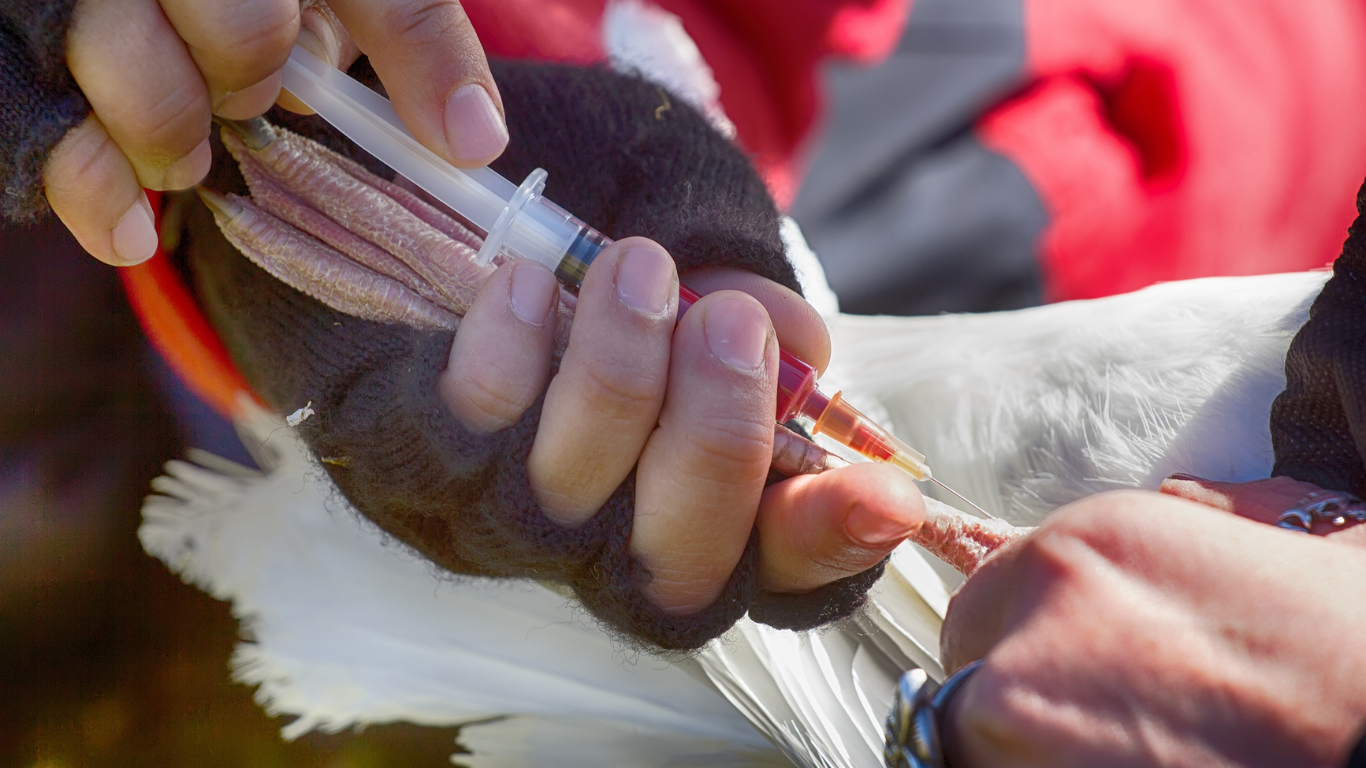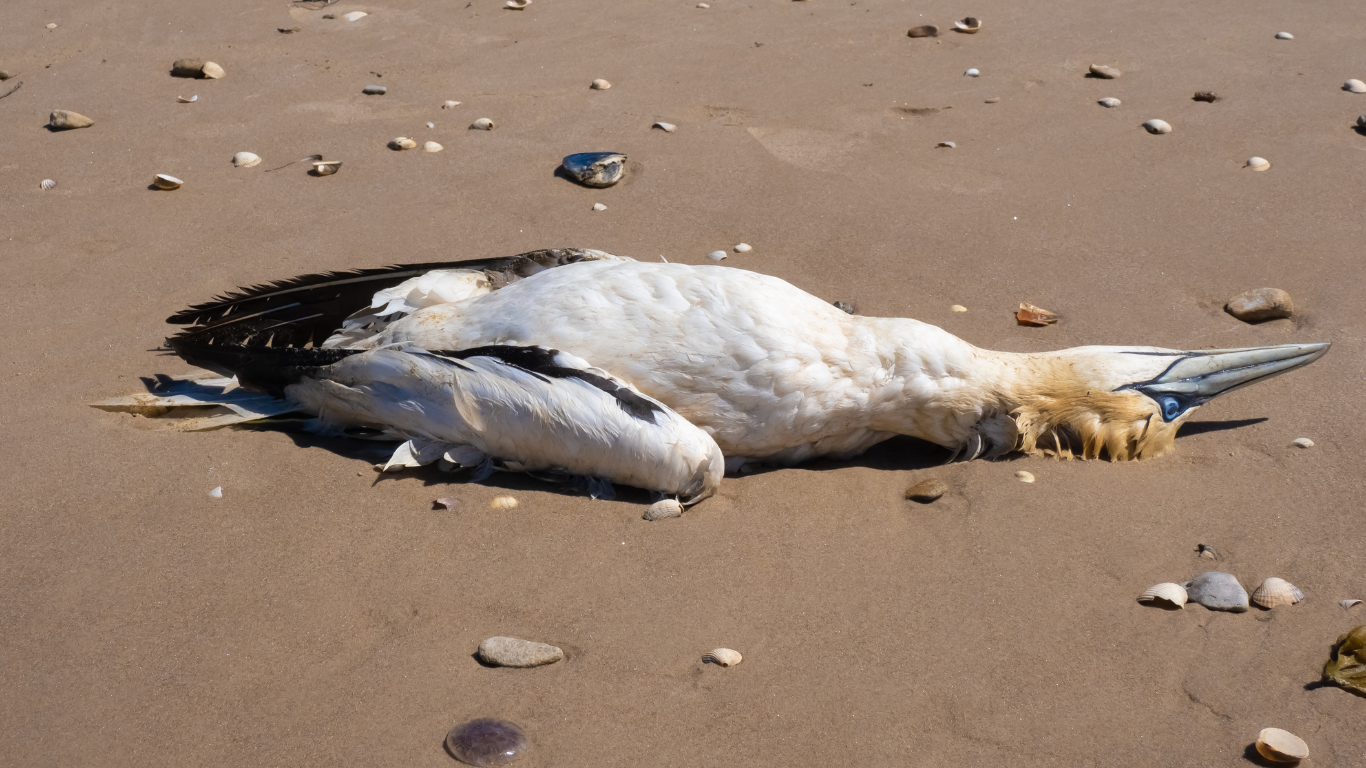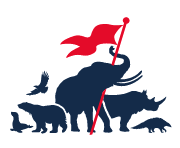A fowl truth: How avian influenza is affecting wild animal populations worldwide
In early 2025, one of ASI’s partners in the United States was devastated by an outbreak of avian flu at their big cat sanctuary. The Wild Felid Advocacy Center in Washington lost 21 of its big cats to the disease, including tigers, leopards and lynxes (you can read more about it here). Survivors were left in critical condition.
Avian flu, a potentially lethal viral infection, is impacting animal populations around the globe. Here’s what we know.
What is avian influenza?
Avian influenza (also known as ‘avian flu’ or simply ‘bird flu’) is a viral infection caused by the influenza A virus. It primarily affects domestic and wild birds, with water birds like ducks, geese and swans acting as natural carriers of the virus. Although rare, avian flu can infect humans too.
Carrier birds do not typically show symptoms, but they transmit the virus through their mucus, saliva or faeces, spreading it to other birds and mammals along their migratory pathways.
Currently, the H5N1 subtype of the virus is of particular concern as it is highly pathogenic, meaning that it can cause severe symptoms and high mortality rates in a variety of species. Since 2021, this strain has been circulating, mutating and spreading to different species around the world, including domesticated birds like chickens and turkeys, and mammals such as dairy cows, cats and raccoons.
Avian flu was once thought to be limited to poultry farms, high-density wet markets where animals are slaughtered, and some wild water bird populations. Today, the disease has spread beyond these confines, sweeping through wild bird populations, infiltrating mammal species and raising alarm across the globe.

Wild populations at risk
Recent outbreaks in gulls, pelicans and other seabirds have killed off masses of individuals. These mass die-offs have included both adults and chicks, affecting breeding cycles and success. More concerning, however, is the spread of the virus beyond birds.
The detection of avian flu in dairy cows, felines, sea lions, otters and other mammals is cause for grave concern. This is not just a sign that the virus is jumping between species, but a sign that it is mutating – evolving – to do so. This kind of cross-species transfer and sustained survival of the virus in new species is the foundation for pandemics.
In January 2025, the H5N1 strain was detected in the milk of sheep and dairy cows, proving that the virus can be transmitted via mammalian secretions – and food products – in ways that could easily affect a growing list of species, including people.
The global spread
Bird flu is a global concern. Currently, over 80 countries are suffering from outbreaks of the H5N1 bird flu strain and ecosystems are showing signs of distress.
In these countries, dead birds are washing ashore, poultry industries are being infiltrated, and once bustling seabird colonies are disturbingly quiet. The ecological impact is massive, as each of the affected species play a key role in their environments – as prey, predators, pollinators, or scavengers – and any imbalance in their population numbers has a domino effect on the rest of the ecosystem.

What is behind the spread of avian flu?
Avian influenza is not a new virus. But the scale, intensity and spread of this strain is new. Humans have played a direct hand in creating a world in which diseases can thrive. There are many factors that can contribute to the transmission of a virus:
- Industrial agriculture and farming practices create concentrations of thousands of animals in confined spaces – a perfect breeding ground for the spread of diseases.
- The proliferation of live-animal and wet markets around the world have been directly linked to the spread of diseases. These markets are typically concentrated and overcrowded with a huge variety of species, kept in conditions that allow for close contact and transmission of pathogens. Wet markets played a pivotal role in the spread of coronavirus, and avian influenza is no different.
- Overpopulation of humans paired with habitat loss has forced wild animal populations into what little wild spaces are left, increasing their chance of contact with one another, and thus increasing the risk of cross-species spread of viruses and diseases.
- Migration and global trade create highways for pathogens across the globe. As we saw with the COVID-19 pandemic, it is easier than ever for disease to spread around the world in very little time, crossing oceans and natural boundaries by air, road and rail.
- Poor biosecurity practices in industries such as the poultry industry allow for diseases to spread beyond their confines.
The threat of zoonotic diseases
Zoonotic diseases originate in animals and spread to people, and are an increasingly common phenomenon.
Ebola, HIV, the viral respiratory disease SARS, COVID-19, rabies and bird flu all originate in animals. The potential of bird flu to become a global pandemic across a multitude of species depends on how quickly it is able to mutate and evolve.
Currently, human-to-human transmissions are rare, but human cases (originating from contact with infected animals) have been documented. The virus is one step away from mutating to allow for between-human transmission. With any virus and potential pandemic, the concern is not what the current state is, but rather what it could become.
Avian flu is not just a bird disease, nor is it just another pandemic. It is a symptom of our impact on our planet and a clear indication that the natural order has been destabilized, and we are to blame.
This is an evolutionary process occurring before our eyes; a way for the earth to try and reset itself as it struggles under the weight of human overpopulation. We need to not only focus on mitigating the risk and spread of diseases like bird flu and COVID-19, but we also need to reduce our impact on the natural world. If not, pandemics will become a frequent – and deadly – occurrence.

